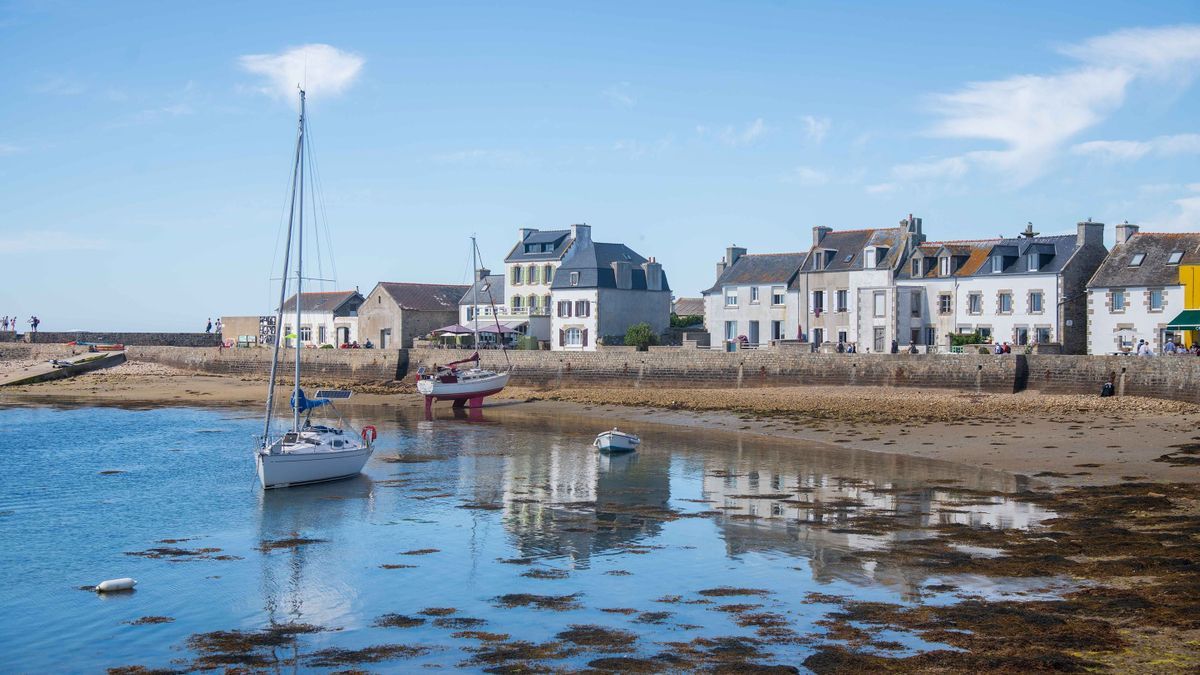
In a world marked by Covid-19, with the development of teleworking, many French people have moved near the sea, an increase which primarily affects the Atlantic coasts, the pandemic amplifying certain dynamics already underway, according to a study published Friday .
By comparing the latest pre-pandemic data from INSEE dating from 2017 and those from 2021, the political analyst at Ifop Jérôme Fourquet and the associated geographer of the Jean Jaurès foundation Sylvain Manternach, observe, with supporting maps, “a race to the sea”, with population gains of 2 to 5 or even 10%.
These population movements “primarily affect Atlantic coastlines”, such as Morbihan or the Aquitaine coast, with less intensity for the Mediterranean coast. Demographic pressure is less on the Channel coast (except around Saint-Malo), which is “less sunny”.
The peri-urban fringes of certain large cities are also experiencing similar population movements, such as Orléans, Tours, Bordeaux, Strasbourg, as well as the border strip with Switzerland.
Based on this data, the authors draw a strip going from Saint-Malo to the Basque Country then veering towards Toulouse, Montpellier, before going up the Rhône valley towards the Swiss border.
“We will call this area of demographic growth the +new fertile crescent+“, they analyze, emphasizing the contrast with “a large central area in which the population has decreased“.
These movements confirm phenomena already underway, according to the authors: a knock-on effect of tourism and the attraction of residential areas, with the aspiration for “the detached house with garden“.
If the French have flocked to the sea, it is thanks to the development of teleworking.
“This phenomenon has contributed to fueling the continuation of peri-urbanization and demographic growth in the suburbs ever further from the centers of the main French metropolises.“, write Jérôme Fourquet and Sylvain Manternach.
The recent arrival of “a wealthy population wishing to acquire housing in coastal areas where real estate was already expensive further increased prices, which had the effect of making them less and less accessible to the indigenous middle and lower classes“, note the authors.
